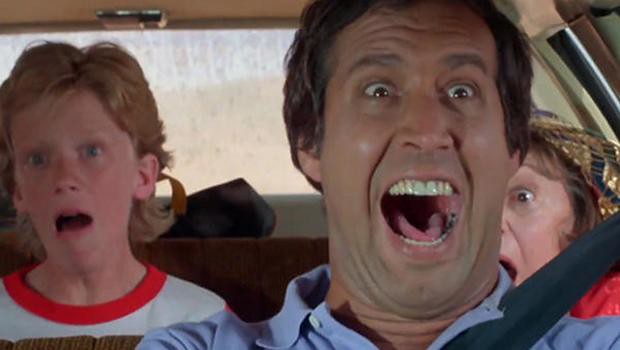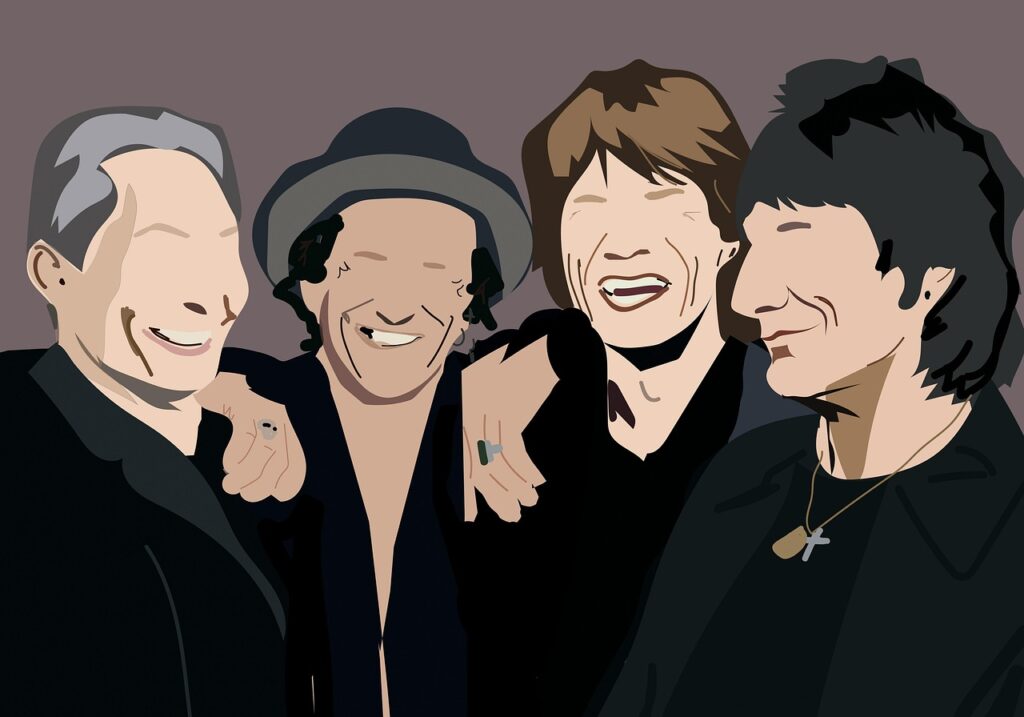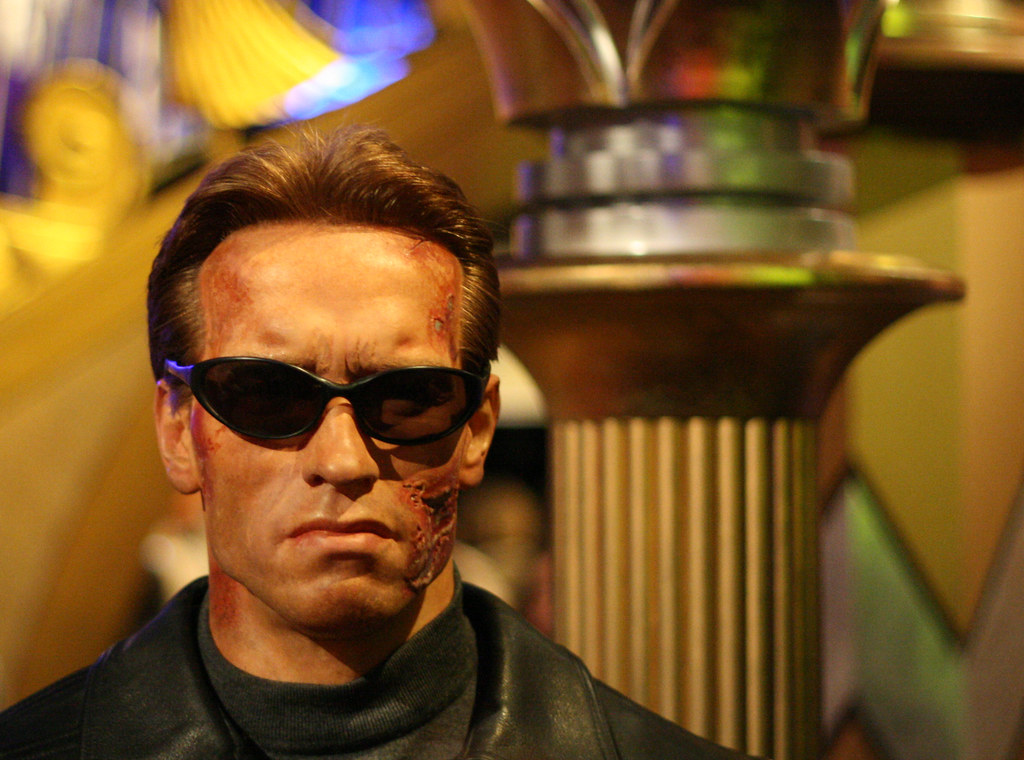
1. **Arnold Schwarzenegger as The Terminator**When you think of 80s action, it’s almost impossible not to picture Arnold Schwarzenegger. The former bodybuilder had a string of action hits throughout the decade, but it was James Cameron’s 1984 sci-fi thriller, “The Terminator,” that truly revolutionized the concept of an unstoppable force. It flipped the script by presenting him first as an emotionless, terrifying antagonist, only to transform him into an iconic, heroic figure in the 1991 sequel. His emotionless efficiency and those now-legendary one-liners carved out a new template for action movie characters, proving that superhuman capabilities paired with memorable catchphrases were pure gold.
But before he was telling Sarah Connor to “come with me if you want to live,” Arnold was already making waves. He brought a unique blend of muscle and charisma to films like the ‘Conan’ series, ‘Red Sonja,’ ‘Commando,’ and ‘Predator.’ Each role solidified his status as a premier action star, showcasing his ability to lead blockbusters with a presence that was both formidable and surprisingly charming. He wasn’t just an actor; he was a phenomenon, a larger-than-life figure who transcended the screen.
As the late ’80s rolled into the early ’90s, Schwarzenegger even surprised audiences by moving into more comedic fare with hits like ‘Twins’ and ‘Kindergarten Cop.’ This demonstrated his versatility, proving he could be both a deadly cyborg and a lovable, albeit massive, schoolteacher. It’s a testament to his star power that he could navigate such diverse genres while still maintaining his action hero persona in the public eye.
His journey didn’t stop there, either. After an incredible career on screen, Schwarzenegger became the governor of California in 2003, stepping away from acting to focus on his political career. When he left office in 2011, he made a triumphant return to the big screen, starring in films like the ‘Expendables’ series and ‘The Last Stand.’ He even reunited with fellow ’80s action titan Sylvester Stallone in ‘The Escape Plan,’ reminding everyone that the original action stars still pack a serious punch.
Read more about: From Cult Classics to Cringe-Fests: Revisiting 15 Unforgettable Acting Performances That Missed the Mark

2. **Bruce Willis as John McClane**Bruce Willis burst onto the action scene in a way that forever changed the game, giving us one of America’s favorite action franchises. “Die Hard,” released in 1988, didn’t just give us a great movie; it revolutionized the genre by introducing the most unlikely action hero: a vulnerable, wise-cracking everyman. John McClane wasn’t a super-soldier or a trained killer; he was simply a cop in the wrong place at the wrong time, trying to save his wife and navigate a high-stakes hostage situation. His relatability, human frailty, combined with an undeniable determination and quick wit, created a new, enduring archetype for action heroes that audiences instantly adored.
What made McClane so iconic was his raw, unpolished heroism. He got hurt, he made mistakes, and he quipped his way through impossible odds, making every punch and every explosion feel earned. This approach resonated deeply with audiences, proving that a hero didn’t need to be invulnerable to be compelling. Willis brought a grounded, gritty realism to the role that was a breath of fresh air amidst the era of muscle-bound, stoic protagonists, establishing him as a top-tier action star almost overnight.
Bruce Willis has continued to have an incredibly successful and prolific career, consistently reprising beloved roles and taking on new challenges. He reprised the role of Frank Moses in ‘Red 2’ and starred in ‘A Good Day to Die Hard,’ the fifth installment in the ‘Die Hard’ saga. His work in films like ‘Looper’ showcased his ability to tackle more complex, sci-fi-tinged action, while his role in ‘The Expendables 2’ saw him join forces with other action legends.
While he famously did not appear in ‘The Expendables 3’ due to a highly publicized salary dispute, his presence in action cinema has remained undiminished. Fans can look forward to seeing him reprise his role in ‘Sin City: A Dame to Kill For,’ further cementing his status as a versatile and enduring icon. Bruce Willis truly redefined what an action hero could be, making vulnerability a strength and wit a powerful weapon.
Read more about: From Child Stars to Screen Legends: 14 A-Listers and Icons Who Seemingly Vanished from the Spotlight
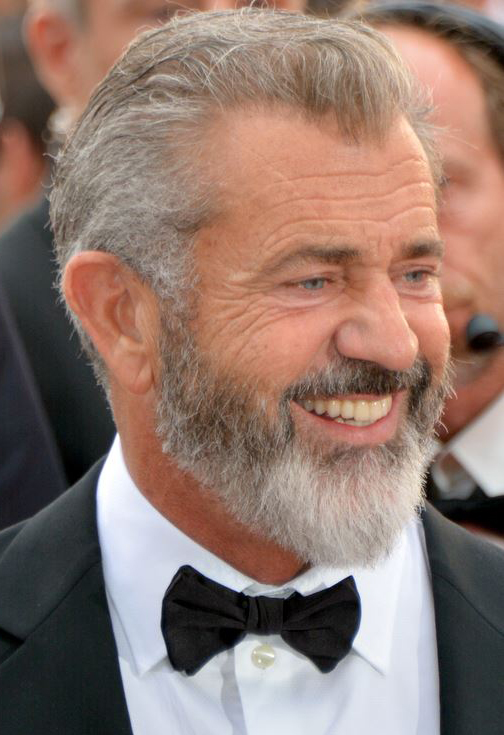
3. **Mel Gibson as Martin Riggs**Mel Gibson, with his intense gaze and boundless energy, became synonymous with action classics throughout the ’80s. While he was already well-known for the gritty ‘Mad Max’ films, it was “Lethal Weapon,” released in 1987, that introduced us to another groundbreaking character: Martin Riggs. This film redefined the buddy cop dynamic by pairing him with Danny Glover’s Roger Murtaugh, but it was Riggs himself who set a new standard for character depth in action movies. He was portrayed as an unstable, borderline suicidal cop, as dangerous to himself as he was to criminals.
Riggs’ character was a complex tapestry of psychological trauma and unorthodox methods. His internal struggles and wild, unpredictable nature made him a fascinating and compelling hero, adding layers of emotional depth rarely seen in action films of the time. This blend of vulnerability and explosive capability made him incredibly captivating, allowing audiences to connect with a hero who was far from perfect but undeniably effective. He wasn’t just kicking butt; he was battling his own demons, making every scene a high-wire act.
Beyond the ‘Lethal Weapon’ franchise, Gibson continued to star in other notable action films like ‘Tequila Sunrise.’ His early work established him as a versatile action lead capable of both raw aggression and nuanced performance, building a reputation for intensity that defined his on-screen persona. He proved that an action star could carry a film with more than just physical prowess; a troubled psyche could be an equally compelling force.
As his career progressed, Gibson diversified his portfolio throughout the ’90s and ’00s, appearing in acclaimed films as varied as ‘Braveheart,’ ‘Signs,’ and ‘What Women Want.’ He also successfully shifted to working behind the camera, directing critically acclaimed films like ‘Apocalypto’ and the profoundly impactful ‘The Passion of the Christ.’ Gibson continues to be a prominent figure, with upcoming appearances in films like ‘Machete Kills,’ ‘The Expendables 3,’ and even a cameo in the highly anticipated ‘Mad Max: Fury Road,’ demonstrating his lasting influence across different facets of filmmaking.
Read more about: 16 Iconic Movie Duos: Unforgettable Pairs That Stole Our Hearts

4. **Harrison Ford as Indiana Jones**Harrison Ford, the quintessential sci-fi friendly action star, truly got the action ball rolling in the late ’70s with his iconic role as Han Solo in ‘Star Wars Episode IV: A New Hope.’ He reprised this beloved role in both sequels throughout the ’80s, solidifying his status as a galactic hero. However, it was his portrayal of the whip-wielding archaeologist in the ‘Indiana Jones’ series of films that revolutionized action sequences and introduced a new kind of adventurer to the big screen, beginning with ‘Raiders of the Lost Ark’ in 1981.
While technically an adventure series, ‘Raiders of the Lost Ark’ was packed with action that set a new benchmark. It masterfully combined thrilling humor, intriguing historical elements, and spectacular stunts, creating an exhilarating cinematic experience. Indiana Jones himself proved that an action hero could be both intellectual and incredibly tough, establishing the enduring template for the scholarly adventurer. He was smart, resourceful, and always ready for a fight, but he also had a charming vulnerability that made him utterly relatable.
Ford’s influence extended beyond the archaeological digs and starships. His role in the groundbreaking 1982 film ‘Blade Runner’ further showcased his ability to lead complex, genre-bending narratives, cementing his status as the sci-fi friendly action star audiences desperately needed at the time. He brought a unique blend of gravitas and weary heroism to these roles, making his characters feel deeply human amidst fantastical backdrops, setting him apart from many of his peers.
Even today, Harrison Ford remains a highly active and respected figure in Hollywood. He had four new films out recently, including ’42,’ ‘Paranoia,’ ‘Ender’s Game,’ and ‘Anchorman: The Legend Continues,’ showing his diverse appeal. Furthermore, he joined the stellar cast of ‘The Expendables 3,’ proving that his adventurous spirit and ability to captivate audiences endure. Ford is a true legend whose contributions to action and adventure cinema are simply unparalleled.
Read more about: You Won’t Believe the Star Power Hiding in These 14 Movies We Totally Underestimated at the Time!
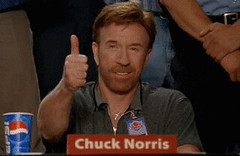
5. **Chuck Norris as J.J. McQuade**Chuck Norris. The name alone conjures images of unyielding toughness and legendary martial arts prowess. This American martial artist seamlessly transitioned into a bankable actor in the ’80s, proving his worth with a series of action-packed films. It was his role as J.J. McQuade in “Lone Wolf McQuade,” released in 1983, that truly established him as the quintessential American martial arts action hero, defining a unique blend of Eastern fighting techniques with classic Western cowboy aesthetics.
Norris’s stoic Texas Ranger character created a unique hybrid that profoundly influenced action films for decades to come. He wasn’t just performing martial arts; he was embodying a philosophy of justice and resilience, making every kick and punch count. This distinctive style, combining the quiet resolve of a Western lawman with the explosive precision of martial arts, became his signature and proved immensely popular with audiences craving a new kind of action star. He built a persona that was both iconic and endlessly quotable.
Throughout the ’80s, Norris continued his impressive run with films like ‘The Octagon,’ ‘Delta Force,’ and both ‘Missing in Action’ films. These latter movies were notoriously made to cash-in on the success of the ‘Rambo’ series, but Norris’s unique brand of no-nonsense, hard-hitting action ensured they stood on their own. He developed a reputation for being an unstoppable force, a one-man army who always got the job done, no matter the odds.
His influence extended beyond the big screen into the 90s, where he top-lined the long-running television series ‘Walker, Texas Ranger,’ further cementing his status as a pop culture phenomenon. Today, Norris has created his own martial arts program, known as Chun Kuk Do, and even made a memorable appearance in ‘The Expendables 2,’ bringing his signature moves to a new generation. He continues to star in and produce films like ‘The Novice,’ reminding us that the spirit of Chuck Norris endures, proving that some legends only get better with age.
Alright, if you thought the first six action titans were intense, you haven’t seen anything yet! We’re about to dive into another incredible lineup of actors who didn’t just star in movies; they *defined* what it meant to be an action hero, an anti-hero, or even a groundbreaking female lead in the ’70s and ’80s. Get ready to explore the unique archetypes, jaw-dropping martial arts, and the enduring impact of these legends who left an indelible mark on Hollywood and beyond. Let’s keep this action-packed journey rolling!
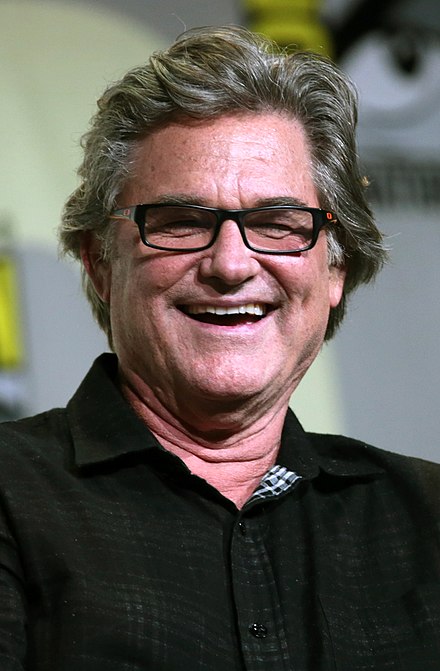
6. **Kurt Russell as Snake Plissken**Kurt Russell, a seasoned actor who had graced screens throughout the ’60s and ’70s, truly cemented his action legend status in the ’80s. He carved out a very specific, incredibly cool niche for himself, especially through his unforgettable collaborations with director John Carpenter. It was in Carpenter’s 1981 dystopian masterpiece, “Escape from New York,” that Russell unleashed Snake Plissken upon the world, introducing an anti-hero concept that was revolutionary for mainstream action films at the time and proved that heroes didn’t always have to be squeaky clean.
Plissken wasn’t your typical good guy; he was a cynical, eye-patch-wearing ex-soldier with a seriously reluctant approach to heroism. His gritty demeanor, rebellious spirit, and a moral compass that often pointed slightly askew created a new archetype for action protagonists who deliberately defied the traditional hero mold. This character’s influence can’t be overstated, inspiring future cinematic icons from Mad Max to countless video game characters who swaggered through post-apocalyptic landscapes with a similar brand of detached cool. He made being a bit of a scoundrel look utterly heroic.
Russell’s partnership with John Carpenter was pure magic, solidifying his versatility within the action and genre realm. Beyond Snake Plissken, he delivered standout performances in other Carpenter classics like the chilling sci-fi horror of “The Thing” and the wildly inventive martial arts comedy “Big Trouble in Little China.” Each role showcased his incredible range, from stoic survivor to reluctant hero, and his uncanny ability to embody characters that were both tough and surprisingly nuanced. He even reprised the iconic role of Snake Plissken in Carpenter’s 1996 sequel, “Escape from L.A.,” much to the delight of fans who couldn’t get enough of his signature snarl.
While Kurt Russell doesn’t appear on screen as frequently as he once did, his impact on cinema remains undeniable. He’s continued to deliver memorable performances in films like the inspiring sports drama “Miracle” and Quentin Tarantino’s grindhouse homage “Death Proof.” Fans can also look forward to catching his next appearance in “The Art of the Steal,” proving that even when he acts less often, he still chooses roles that make an impression and remind us why he’s a beloved figure in Hollywood. His legacy is firmly etched in the annals of action movie history, a testament to his unique ability to craft characters that truly resonate.
Read more about: Iconic Sci-Fi Films That Dared to Push Boundaries On Screen
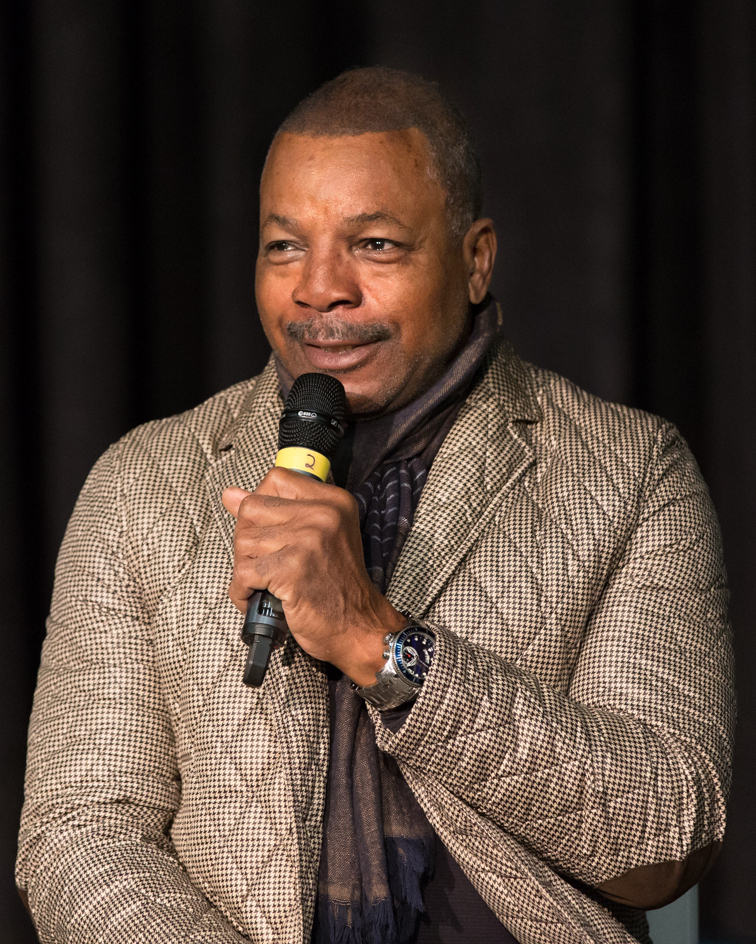
7. **Carl Weathers as Apollo Creed**While Carl Weathers initially entered our lives in the 1970s with his groundbreaking portrayal of Apollo Creed, his character truly evolved and cemented his legendary status throughout the ’80s, particularly within the iconic ‘Rocky’ sequels. Apollo Creed wasn’t just a supporting character; he was a dynamic force whose journey revolutionized how action movies handled their secondary figures, proving that even a rival could become a pivotal, beloved part of a hero’s narrative. His initial introduction as the charismatic, undefeated world champion set the stage for an epic rivalry, but it was his subsequent transformation that truly made him immortal.
Creed’s arc in the ’80s was nothing short of cinematic genius. He transitioned from being the formidable, somewhat arrogant antagonist in the early films to becoming Rocky Balboa’s steadfast mentor and cherished friend. This profound shift in his character’s role wasn’t just a plot device; it was a masterclass in complex character development within action franchises. Audiences watched him grapple with his own legacy, share his wisdom, and ultimately make the ultimate sacrifice, all of which added immense emotional weight and depth to the ‘Rocky’ series.
His journey created a definitive template for how rival characters could evolve beyond simple opposition, becoming integral to the hero’s growth and the overall emotional fabric of a story. This kind of nuanced development was revolutionary for action films, which often relied on more simplistic portrayals of good versus evil. Apollo Creed showed that a supporting character could possess multiple layers, embodying themes of sportsmanship, friendship, and redemption, making him as impactful as the protagonist himself. He taught us that even in the most intense action, there’s always room for profound human connection and surprising alliances that can leave us cheering and tearing up.
Read more about: Beyond the Credits: Iconic Film and TV Actors We Lost in 2024 You Might Have Missed
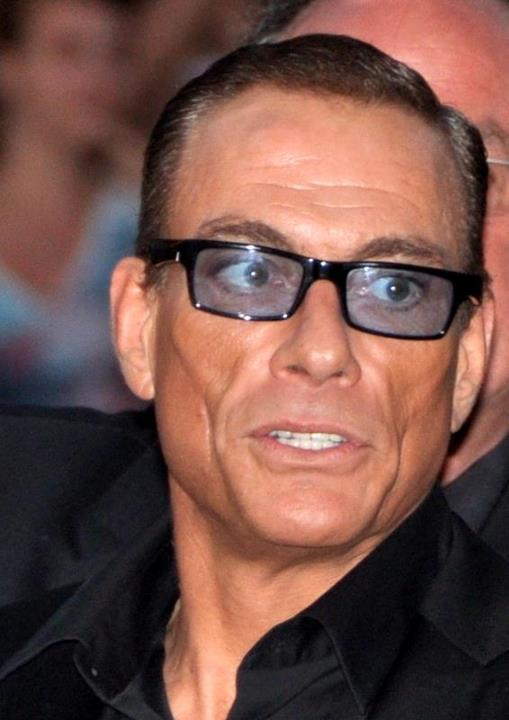
8. **Jean-Claude Van Damme as Frank Dux**Get ready for some high kicks and dramatic splits, because Jean-Claude Van Damme burst onto the scene in the ’80s like a force of nature, bringing a whole new level of martial arts spectacle to mainstream audiences. The Belgian martial artist became an undeniable superstar, and it was his breakout role as Frank Dux in 1988’s “Bloodsport” that practically launched tournament-style martial arts action into the cinematic stratosphere. This film wasn’t just a hit; it became a cultural touchstone for anyone who loved a good fight sequence and showcased a new kind of action hero with incredible physical prowess.
Van Damme’s athletic prowess was truly something to behold. His signature dramatic splits and lightning-fast kicks became iconic, influencing an entire generation of filmmakers and martial artists. “Bloodsport” dramatically changed how martial arts sequences were choreographed and filmed in Hollywood productions, pushing for more authentic, yet visually stunning, displays of combat. He wasn’t just fighting; he was performing, turning every move into a ballet of destruction that captivated viewers and made them believe in the power of the “Muscles from Brussels.”
Throughout the late ’80s and early ’90s, Van Damme continued his reign as a top-tier action star, cementing his legacy with a string of memorable films. He thrilled audiences in movies like “Cyborg” and “Kickboxer,” showcasing his intense fighting style and undeniable screen presence. He further proved his box-office appeal with hits such as “Lionheart,” the groundbreaking sci-fi actioner “Universal Soldier,” and the time-traveling thriller “Timecop.” Each of these roles reinforced his image as a formidable, disciplined, and uniquely charismatic action hero.
Even today, Jean-Claude Van Damme remains an active and influential figure in the action world. He made a memorable return to the big screen as the villainous Jean Vilain (yes, that’s really his character’s name!) in “The Expendables 2,” proving he could still deliver an epic beatdown. He also reprised his beloved role as Luc Deveraux in “Universal Soldier: Day of Reckoning,” marking his third collaboration with Scott Adkins and his fourth film with fellow action icon Dolph Lundgren. His enduring presence continues to remind us that some martial arts legends never truly hang up their fighting gloves.
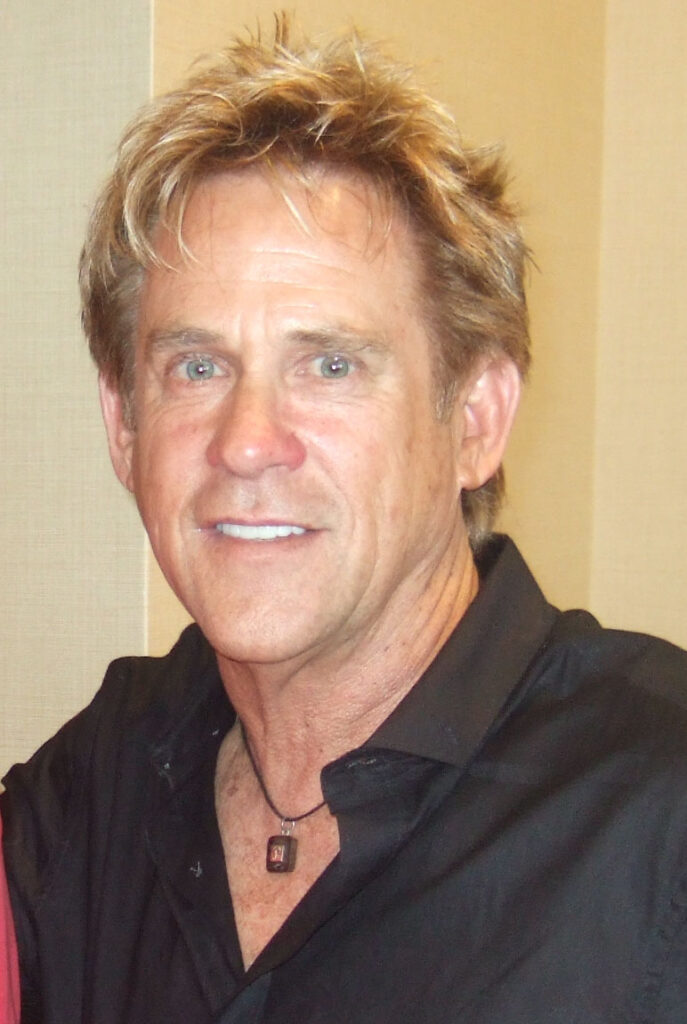
9. **Michael Dudikoff as Joe Armstrong**If you grew up in the ’80s, then chances are you know the name Michael Dudikoff, because he was the guy who brought ninjas to the mainstream in a big way! His starring role as Joe Armstrong in 1985’s “American Ninja” didn’t just give us a cool action hero; it virtually popularized ninja-themed action movies in Western cinema. Before Dudikoff, ninjas were cool, but “American Ninja” made them a household name, showing how a resourceful, silent warrior could dominate the screen and capture the imagination of action fans worldwide.
“American Ninja” wasn’t just a standalone hit; it kickstarted an entire subgenre of action films that brilliantly combined traditional martial arts with modern military elements. This unique blend created a thrilling cinematic experience, bringing an exotic, ancient fighting style into contemporary, high-stakes scenarios. It showed that the mystery and precision of ninja combat could be just as exciting as any car chase or shootout, adding a fresh flavor to the action landscape and inspiring countless imitators.
The influence of Dudikoff’s work in this series resonated far and wide, inspiring everything from popular toy lines like G.I. Joe to a seemingly endless stream of direct-to-video action films throughout the late ’80s and ’90s. He created a template for the stoic, highly skilled, and often understated martial arts hero who could take on seemingly impossible odds with quiet determination. Michael Dudikoff, through Joe Armstrong, became synonymous with the ninja craze, proving that a compelling character and exciting martial arts could create a lasting impact that transcended its initial release.

10. **Sigourney Weaver as Ellen Ripley**When we talk about groundbreaking action heroes, we absolutely have to talk about Sigourney Weaver and her iconic portrayal of Ellen Ripley. While she first introduced us to the fearless warrant officer in Ridley Scott’s 1979 sci-fi horror masterpiece “Alien,” it was her incredible transformation into a full-fledged, no-nonsense action hero in James Cameron’s 1986 sequel, “Aliens,” that truly revolutionized female representation in action films. Ripley wasn’t just a survivor; she became the ultimate warrior, smashing traditional gender roles with every pulse rifle shot and every terrifying encounter.
Ripley’s journey in “Aliens” created a new, powerful template for strong female protagonists that went far beyond the conventional expectations of the era. She combined fierce maternal instincts, particularly in her protective bond with Newt, with the unwavering spirit and tactical brilliance of a seasoned warrior. This blend of empathy and raw strength shattered the glass ceiling for female characters in action cinema, proving that women could be just as, if not more, formidable and compelling than their male counterparts without sacrificing their humanity.
Her portrayal was a revelation, showing that heroism isn’t defined by gender, but by courage, resilience, and the sheer will to protect those you care about. Weaver’s Ripley became an instant icon, influencing countless subsequent female action heroes and inspiring generations of viewers to see strength in multifaceted characters. She taught Hollywood that audiences were more than ready for women who could lead, fight, and emotionally anchor a blockbuster, paving the way for a more diverse and inclusive future for the action genre.
Read more about: Sigourney Weaver, 74 and Glowing: A Red Carpet Reignition and Her Enduring Legacy at the Venice Film Festival!

11. **Mr. T as B.A. Baracus**Who could ever forget the gold chains, the mohawk, and that booming voice? Mr. T, as B.A. Baracus on “The A-Team” (which ran from 1983-1987), didn’t just bring action heroes to the small screen; he became an absolute cultural phenomenon! His character, Sergeant Bosco ‘B.A.’ Baracus, was an instant legend, proving that television could produce action stars just as iconic and beloved as any movie screen. You couldn’t turn on the TV without seeing him, and you definitely couldn’t ignore his unique brand of tough love and sheer muscle.
B.A. Baracus was defined by his distinctive look, his memorable catchphrases like “I pity the fool!”, and a fascinating combination of undeniable toughness mixed with a surprisingly soft heart (especially for kids and those in need). He was the muscle, the mechanic, and often the moral compass of the A-Team, always ready to protect his friends but famously terrified of flying. This nuanced portrayal, blending his intimidating physical presence with these endearing quirks, made him incredibly relatable and adored by audiences of all ages, turning him into a genuine pop culture icon.
His influence extended far beyond the confines of the television screen, showcasing how action heroes could be successfully marketed to mainstream audiences, including children, through merchandise, cartoons, and public appearances. Mr. T’s persona as B.A. Baracus became synonymous with strength, loyalty, and a distinct, unforgettable style, proving that a charismatic character could transcend the show and become a global brand. He’s a testament to the power of a truly unique screen presence, cementing his place as one of the ’80s most unforgettable action figures.
And there you have it, folks! From the unyielding anti-heroism of Snake Plissken to the groundbreaking female power of Ellen Ripley and the undeniable cultural force of Mr. T, these 12 actors weren’t just passing through the ’70s and ’80s; they carved out their own empires on screen. They reshaped what we expected from action, gave us characters we still quote and adore, and left an enduring legacy that continues to influence cinema today. It’s a testament to their talent, charisma, and sheer will to entertain that their contributions are still so vividly felt. So, next time you’re settling in for an action flick, remember these titans, because they truly are the soul of an unforgettable era!



